ПРОВІДНИЙ ВИРОБНИК ЕЛЕКТРОЕНЕРГІЇ З ВІДНОВЛЮВАНИХ РЕСУРСІВ
500
РОБОЧИХ МІСЦЬ
15
БІОГАЗОВИХ ЕЛЕКТРОСТАНЦІЙ
2
ТЕС НА БІОМАСІ
1
ГАЗИФІКАТОРИ
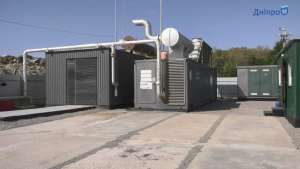
| Як працює станція дегазації у Дніпрі | Одна з найбільших екологічних проблем в Україні – часті пожежі на сміттєзвалищах. Займається метан, що утворюється на полігонах. Цієї проблеми можна уникнути. Більше того – звалищний газ може приносити користь.
У Дніпрі на Правобережному полігоні твердих побутових відходів з листопада минулого рок… | Читати |

| Поточний стан Smart City в Україні та світі | Система розумних міст (Smart City) – це глобальна тенденція, яка бере свій початок з 2009 року. Вона спрямована на створення комфортного, безпечного й зручного середовища для жителів за допомогою сучасних технологій та інноваційних рішень. Дізнайтеся, як впроваджується ця концепція в Україні, які т… | Читати |

| Електрична революція на дорогах України: ринок EV долає позначку в 160 тисяч авто | Ера електромобілів в Україні — це вже не майбутнє, а сьогодення. Українці дедалі впевненіше роблять вибір на користь екологічного та економного транспорту, а статистика підтверджує цей тренд. Станом на червень 2025 року, за офіційними даними МВС, кількість зареєстрованих в Україні електрокарів пере… | Читати |

| Нагорода знайшла героя! «Кліар Енерджі» отримала цьогорічну премію «ЕКОтрансформація-2020»! | Це головна премія в сфері екології, заснована Професійною асоціацією екологів України. Нею нагороджують за значний внесок у збереження довкілля. Був номінований наш чернігівський проект – ТЕЦ на деревній трісці, де вперше в Україні застосували технологію газифікації біомаси. Теплоелектростанція пра… | Читати |

| Працювати безпечно та ефективно: на «Біогаз Енерджі» провели навчальний семінар | На базі ТОВ «Біогаз Енерджі» відбувся семінар для інженерно-технічних працівників щодо дотримання вимог законодавчих на нормативно-правових актів з питань охорони праці. Участь у заході взяли головний державний інспектор відділу&… | Читати |
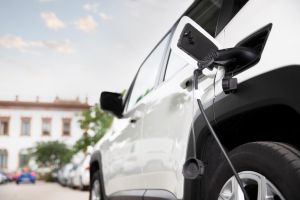
| Попит на акумулятори для електромобілів у всьому світі продовжує зростати | Продажі електромобілів прискорилися в 2021 році і досі лишаються високими. Так, продажі електромобілів у 2022 році перевищили 10 мільйонів одиниць. Загалом 14% усіх проданих нових автомобілів були електричними у 2022 році, порівняно з приблизно 9% у 2021 році та менше ніж 5% у 2020 році.
Однак, пі… | Читати |
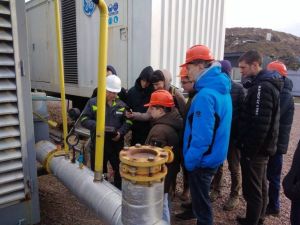
| Провели екскурсію для студентів Національного університету «Чернігівська політехніка» | У “Кліaр Енерджі-Чернігів” провели екскурсію для студентів 4 курсу Чернігівської Політехніки, спеціальності 141 – Електроенергетика, електротехніка та електромеханіка.
Для майбутніх енергетиків важливо розуміти як здійснюється технологічний процес на виробництві та яким чином можна його оптимізува… | Читати |
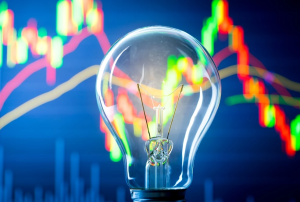
| Подорожчання електроенергії: як з цим боротися? | Підвищення цін на електроенергію є серйозною проблемою для виробників. Дійсно, витрати на енергію значно зросли за останні роки, що суттєво вплинуло на бюджети компаній. Зіткнувшись із цією реальністю, важливо знайти рішення, що здатні пом’якшити вплив підвищення цін і зберегти конкурентоспроможніс… | Читати |
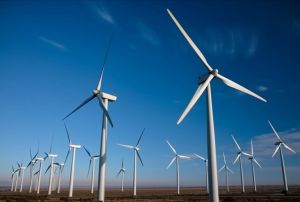
| Як зміниться енергетична система до кінця цього десятиліття? | Згідно з новим звітом МЕА “Перспективи розвитку світової енергетики з 2023 року”, основні зміни, що відбуваються сьогодні, призведуть до того, що до кінця цього десятиліття світова енергетична система суттєво зміниться.
Згідно зі сценарієм, що базується на сьогоднішніх політичних установках (STEP… | Читати |

| Енергетика: рух до децентралізованої мережі | Російські ракетні удари зруйнували майже половину енергетичної інфраструктури України — високоцентралізовану мережу, що складається з великомасштабних атомних, вугільних і газових станцій, багато з яких розташовані в зонах конфлікту в країні. Реконструкція цих заводів може зайняти роки.
Українськи… | Читати |
Новини



КОНТАКТИ
Запитання
З будь-якими питаннями або відгуками, будь ласка, звертайтеся за телефоном: Гаряча лінія - +380 44 334 40 51
або пишіть:
Головний офіс
Україна, Київська область, с. Петропавлівська Борщагівка, вул. Соборна, 2В
КОНТАКТИ
ПРО КОМПАНІЮ
НАПРЯМКИ ДІЯЛЬНОСТІ








